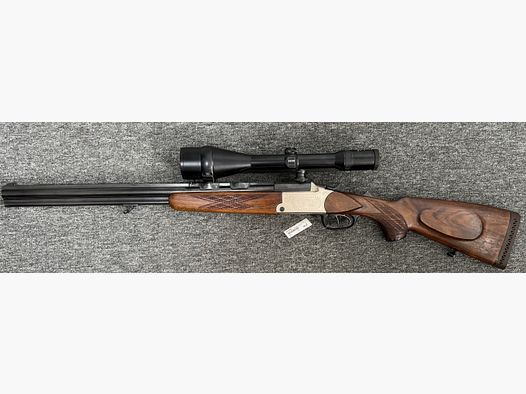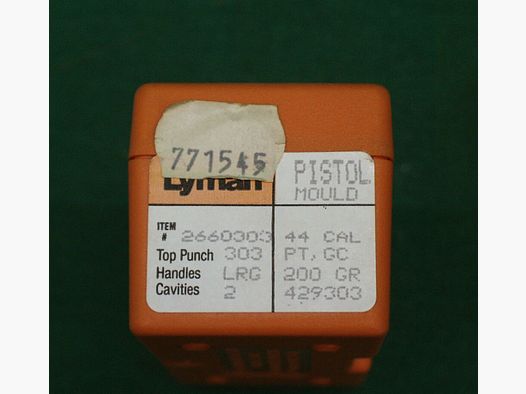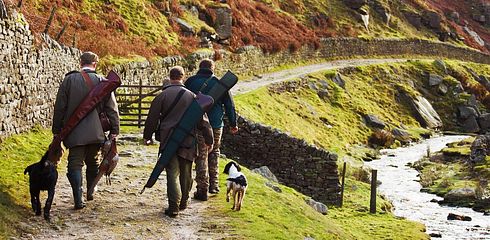Hare Hunting
In many places, the hare population has significantly improved recently. Favorable March weather, habitat improvements, and other factors hopefully ensure continued growth of the population in the future. So, for those lucky enough to count numerous hares in their territory, the time for hare hunting begins. Whether during a search hunt in the field, sitting with a small caliber at the pass, or bush hunting with a dog: there are many opportunities. Those who hardly have any hares left in their territory need to rethink their management. A well-stocked small game territory does not come by chance. High predator pressure, urban sprawl, and intensive agriculture make it difficult for our field hares. Only through intensive hunting of predators and close cooperation with our farmers can we succeed in building or maintaining a healthy population. Hare counts in spring provide an overview but should not be misleading; often, one wonders where they have gone by hunting time. It is better to count again with a thermal imaging camera before the hunting season begins! Good judgment and expertise are required.

Partridges
What applies to the hare is no different for the partridge. Good hunting results have, however, become rare. This often shows how much effort the hunters have made or not. Well-designed partridge feeding stations are a useful aid when it comes to the urgently needed forage for these colorful birds. However, it is often the lack of animal protein that becomes fatal for some chicks. Only those who provide a sufficient supply of flowering plants will have enough insects to enjoy young cocks. Of course, there must also be sufficient cover. However, those who do not hunt their predators will not succeed with these measures alone.
Deer
It won't be long before the first bucks begin to shed their antlers. They remain antlerless for only a few days. A new velvet antler grows quickly and causes unwanted trouble in the forest at the latest during the rubbing.

Wild Boar
While the wild boars were hardly visible in the corn jungle in recent weeks, there are now the best opportunities in the forest and on harvested fields.
Red Deer
It still roars from all corners of the forest. While the old stags slowly move to their winter quarters once they have shed their antlers, the middle age class is now trying to attract attention with strong roaring to still have a chance.
































